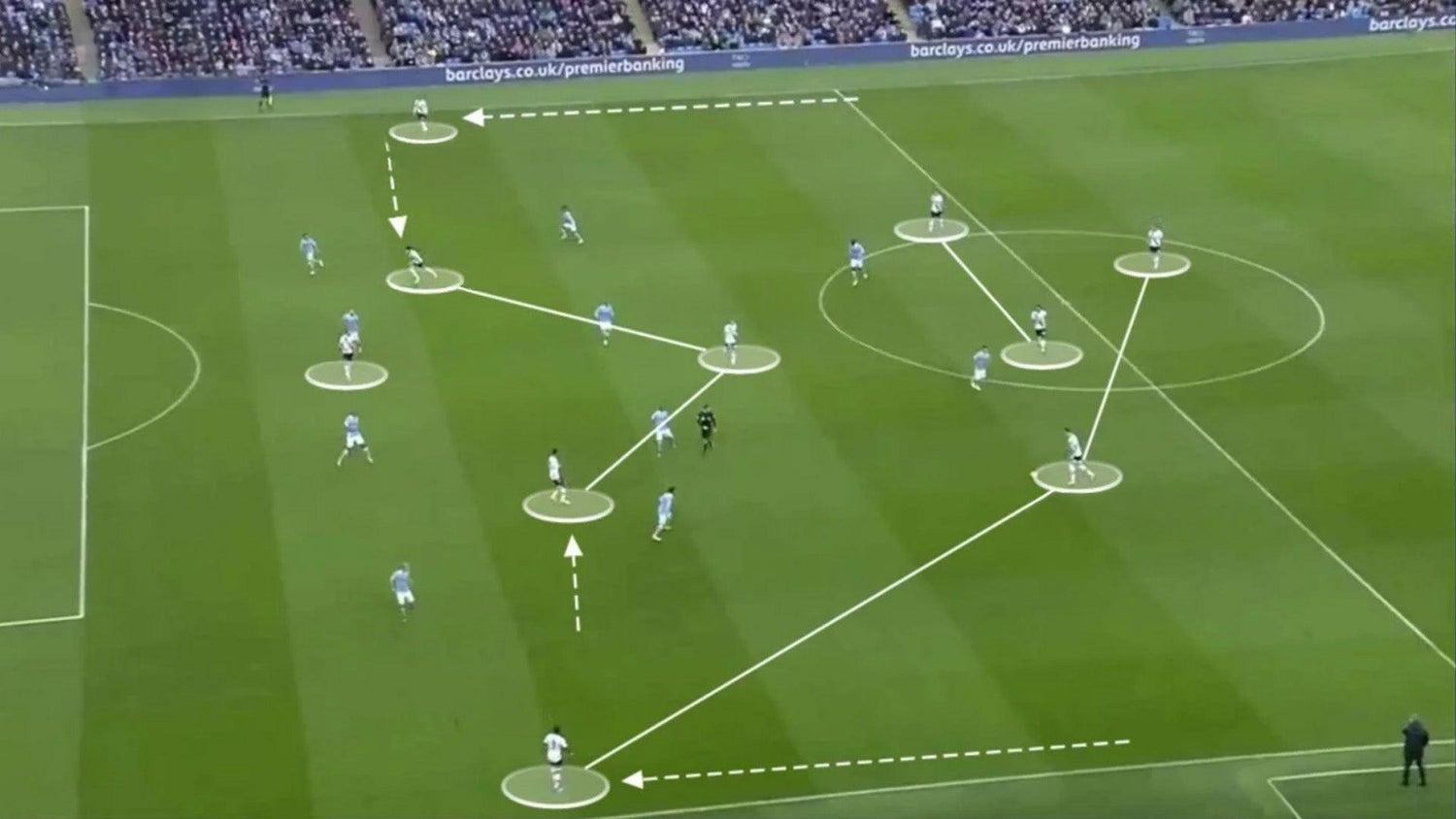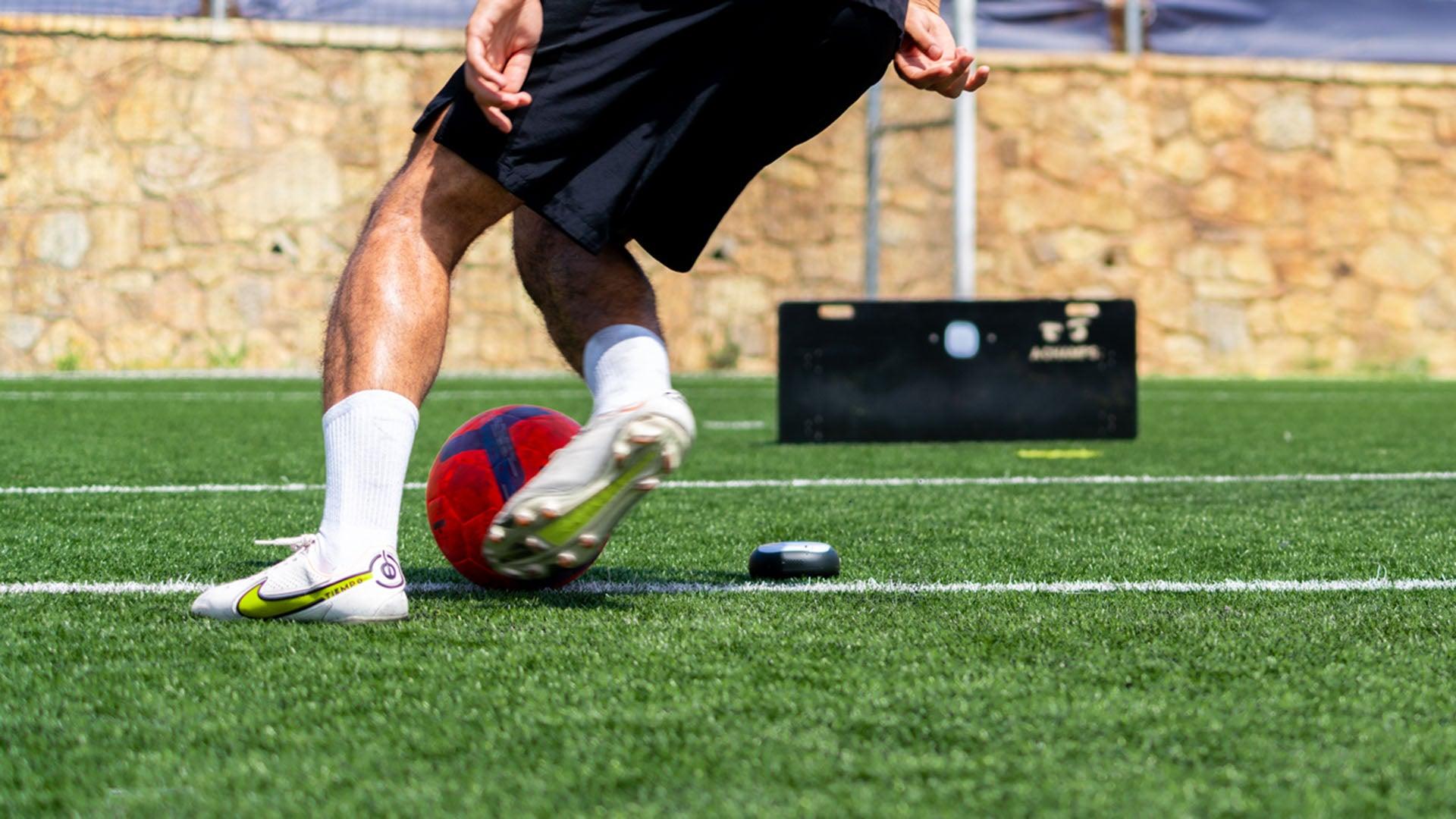Structure, Roles & Training Tips
The 4-2-3-1 soccer formation is one of the most balanced and flexible football formations used today. It blends strong defensive organization with attacking creativity. Coaches use it from youth to elite levels because it supports both quick transitions and controlled possession. Here’s how to understand, coach, and train it effectively.
Understanding the 4-2-3-1 Formation
The 4-2-3-1 formation includes four defenders, two defensive midfielders, three attacking midfielders, and one striker. This structure gives teams coverage across all areas of the pitch—especially the central area—while keeping the shape compact during defensive transitions.
- Four defenders: Control the side of the pitch and manage defensive duties.
- Two defensive midfielders (double pivot): Maintain balance, recover the ball, and start attacks by distributing the ball effectively.
- Three attacking midfielders: Create space, exploit wide areas, and support the striker.
- One striker: Leads the press and converts chances during quick transitions.
This system’s flexibility allows it to shift into a 4-3-3 or 4-4-1-1, adapting to different phases of play. Learn more in Coachbetter’s breakdown of the 4-2-3-1 formation.
Why the 4-2-3-1 Formation Works
This setup helps teams create numerical advantages in key zones. The compact midfield supports defensive transitions while the front four maintain attacking threat. Players can switch play easily to stretch opponents and dominate possession.
Famous teams like Real Madrid and Germany’s World Cup squad have mastered this approach to control both tempo and territory. Read more on BuildLineup’s tactical analysis.
How to Train the 4-2-3-1 Formation
To execute the 4-2-3-1 effectively, players need awareness, speed, and precision. Training should replicate real-match defensive transitions and creating numerical overloads during attack. Modern soccer training equipment can help simulate these scenarios.
Try these drills to reinforce formation principles:
- Two-touch passing drills using ROX lights to improve timing and decision-making.
- High pressing exercises to sharpen reaction and team coordination.
- Switch-of-play circuits for wide players and full-backs to maintain width.
- Crossing and finishing drills to connect the attacking midfield line with the striker.
Integrate tools like ROXPro and the ROXPro App to build faster decision-making and cognitive responses in real time.
The Double Pivot: Control and Stability
The “double pivot” defines the 4-2-3-1 soccer formation. These two defensive midfielders are responsible for controlling tempo, maintaining compactness, and supporting both defense and attack. Their ability to recover possession and distribute the ball determines how well the team transitions.
To understand this role better, see Coaches’ Voice: Double Pivot – Football Tactics Explained.
The Attacking Trio: Creativity and Movement
The three attacking midfielders create unpredictability through quick transitions and combination play. The central playmaker dictates rhythm in the central area, while wide players stay close to the side of the pitch to stretch the defense and exploit space.
Key Attacking Tips
- Encourage full-backs to overlap for width and better switch of play.
- Use diagonal movements to create numerical superiority in attack.
- Let the striker drop into pockets to connect play and open central lanes.
For deeper tactical insight, check out JobsInFootball’s tactical guide and explore how elite coaches adjust custom football systems using this setup.
Physical and Mental Readiness
Every player must react quickly to changing phases of play. Using ROXProX or reaction-based drills can enhance focus, agility, and coordination during defensive transitions and counterattacks.
Read The Guardian’s analysis on the evolution of holding midfielders to see how these roles shape modern football.
Common Weaknesses of the 4-2-3-1 Formation
- Vulnerability on the flanks if full-backs push up too far.
- Central playmaker can become isolated if defensive midfielders stay deep.
- Maintaining structure during high pressing requires discipline.
Conclusion: Mastering the 4-2-3-1 Formation
The 4-2-3-1 soccer formation is ideal for teams seeking both structure and creativity. By understanding defensive transitions, mastering switch of play, and applying reaction-based training with A-Champs ROX, you’ll strengthen both tactical awareness and execution.
For more tactical insights and football formation training tools, visit A-Champs.





Leave a comment
This site is protected by hCaptcha and the hCaptcha Privacy Policy and Terms of Service apply.